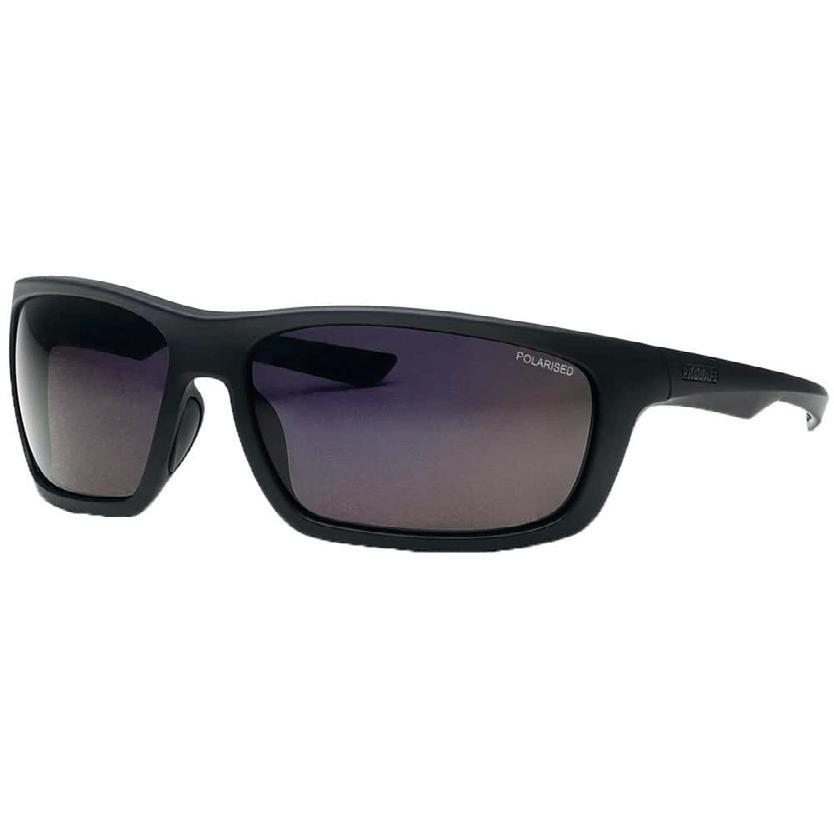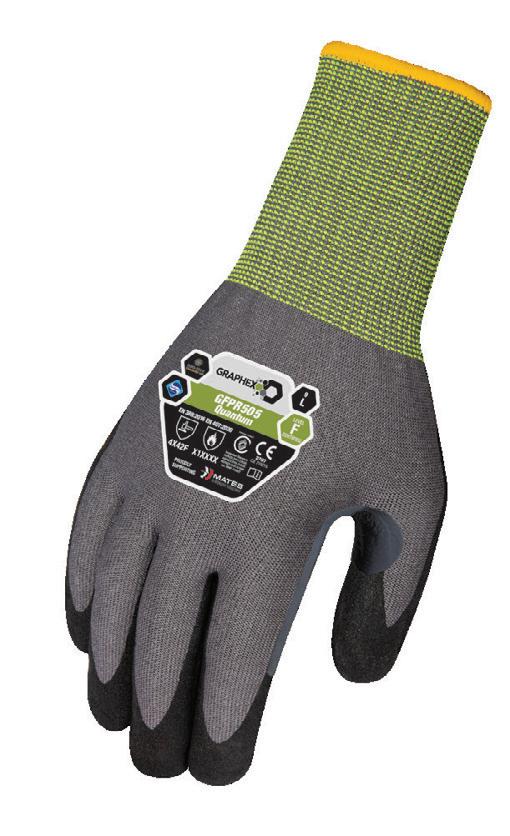
6 minute read
Crane compliance — safer handling through survey, review and training
CRANE COMPLIANCE
Mark Beckwith, Australian Service Operations Manager, Konecranes and Demag
Crane compliance is a complex task. However, through independent, expert external survey, review and training, the process can be made simpler.
In crane compliance there are lots of individual checks, maintenance requirements and operational requirements to ensure a crane is adhering to all standards and relevant safety regulations. For an attentive safety manager, it can be a time-consuming process to manage each task individually, and there can be strong consequences if any aspect of compliance is overlooked.
Crane gap analysis survey
A crane gap analysis (CGA) survey — which applies to cranes of all makes and models — provides a top-down overview of a crane or fleet of cranes’ compliance. It takes a holistic look at crane operations and can identify potential gaps in compliance or areas that can be streamlined to comply more efficiently and productively.
Operations managers and crane safety managers are all acutely aware of the need for compliance with regulations. Crane safety not only enhances performance and profitability, but most importantly, ensures the safety of staff and visitors.
However, there are a number of reasons why an independent, expert external check can be highly valuable to safety-conscious companies. Perhaps the manager just commenced a new role and wants a report of the current status of all cranes, or perhaps a sensible company leader has encouraged a second layer of checks, to reinforce their safety commitment to customers.
A CGA survey looks at information such as inspection records, maintenance manual availability and preventive maintenance (OEM) requirements. Such surveys study key processes that typically include inspection practices, pre-shift checklists, spare parts availability and corrective maintenance procedures.

Findings review
Once an expert technician has performed a CGA, the next step is a review of any safety incidents and training modules with the crane operators to get a complete view of the current situation. The findings are reviewed in person (or via a video meeting during COVID-19 restrictions) with plant management.
The report and recommendations are considered highly confidential and, except as required by law, are not otherwise stored, shared or distributed, so companies can have peace of mind that the findings are for their internal use, to further optimise safety practices. safety and productivity, while reducing maintenance costs, is crane operator training (COT).
Crane accidents cause injuries to operators, workers on the job site and even people nearby. The majority of crane accidents are caused by human error, which may result in safety risks and uncontrollable downtime. Accidents can be minimised or prevented through proper training and crane usage.
COT is designed for both the crane operators and the supervisory personnel responsible for the daily operation and safe performance of cranes. Such training gives participants the working knowledge to assist in reducing operator errors that may lead to unnecessary downtime. COT can provide additional knowledge to help avoid possible serious injury to personnel caused by improper crane operation and participants learn local requirements for crane operation.
Training topics can include: • The function of all major crane components and assemblies • Minimum qualifications and requirements for a crane operator • Daily crane inspection procedure required by local governing bodies • Four rules of safe and proficient crane operation • Precise spotting of loads and making precision lifts • Proper techniques to minimise load swing • Recommended hand signals • Basic rigging procedures to attach the load to the hook
COT is ideal for newly hired personnel, seasonal workers or for refresher training, and can often be completed onsite.

Heat-monitoring technology
Kenzen has added two features to its smart PPE system for monitoring workers’ heat risk on the job; the technology can now track the heat susceptibility and sweat rate of individuals, which can help detect and prevent heat-related stress, injury and fatality risk of workers in hot environments. The system calculates the heat susceptibility of a worker and then classifies them into low, moderate or high heat-risk categories. Kenzen’s algorithm determines the person’s heat risk category by evaluating their medical or physical conditions, physical fitness, heat-acclimatisation status, history of heat injury and illness, medications, chronic illnesses and age. The classification does not reveal personal information or reasons why someone is in the particular heat risk category; it is only used to help supervisors monitor and manage people according to their individual heat susceptibility. The sweat rate monitoring feature uses a worker’s information and physiological data to calculate and predict their sweat rate, in litres per hour. A manager can view an individual’s sweat rate on the Kenzen analytics dashboard, which also indicates how much water that person needs to drink each hour to stay hydrated. This allows managers to bring enough water to worksites to hydrate their teams based on the individual and the predicted environmental conditions that day. The sweat rate feature gives a hydration plan that is accurate within one quarter of a litre (one cup of water), so that every worker will know the specific amount of water they need to drink that day to stay safe.
Kenzen devices contain sensors that monitor, in real time, an individual’s physiological responses. The worker is warned when their core temperature is too high and they are in danger of a heat-related injury or illness via a smartphone app and a device vibration. Managers have a corresponding app that alerts them when a worker needs an intervention to stop work, rest and hydrate, and a second alert for when it’s safe to return to work. The analytics dashboard can be used to make individual, team or enterprise-wide decisions to reduce heat-related injury and illnesses, by looking at aggregated data across weeks to months. Only workers can view the details of their personal health information, while safety managers and other EHS leaders can only see what’s necessary to keep the workers safe.
Kenzen’s heat monitors have been used across a range of industries, including construction, mining, field services, manufacturing, renewable energy, utility oil and gas, agriculture and transportation. The company currently has a rental program for companies to quickly deploy the technology with packages of 10, 20 and 50 devices. The program includes the monitoring app for managers and can be rented for a two-month period online.
Kenzen
www.kenzen.com

Polarised safety glasses
The KULYA polarised safety glasses by PROSAFE, with Cat 3 polarised lenses, provide protection against sun glare and good UV protection. A stylish wraparound design and matte black frame allows the safety glasses to be used at home, at the worksite and anywhere in between.
The safety glasses feature a full wraparound frame design for durability with wide vision, and solid TPR rubber nose pads and arm grips for all-day comfort. The Cat 3 polarised lenses provide protection against sun glare and are coated to prevent fogging and protect against light surface abrasion.
The safety glasses are available in Smoke or Green tinted lens options, and come with a dual-purpose microfibre storage bag and a lens cleaner.

Stronger Together

Force360 is a proud brand partner of MATES in Construction, Mining and Energy. With suicide rates 80% higher than any other industry and construction workers, 6x more likely to die from suicide than a workplace accident, the need for intervention and support is essential. By making substantial contributions to support MATES in reducing suicide and improving mental health in our key industries, we have been able to make a difference. By purchasing products from our Graphex® Range of cut resistant gloves, you will be helping support MATES in Construction and help suicide prevention across the construction, mining and energy industries. For more information about the program, visit privatebrands.com.au/MATES










